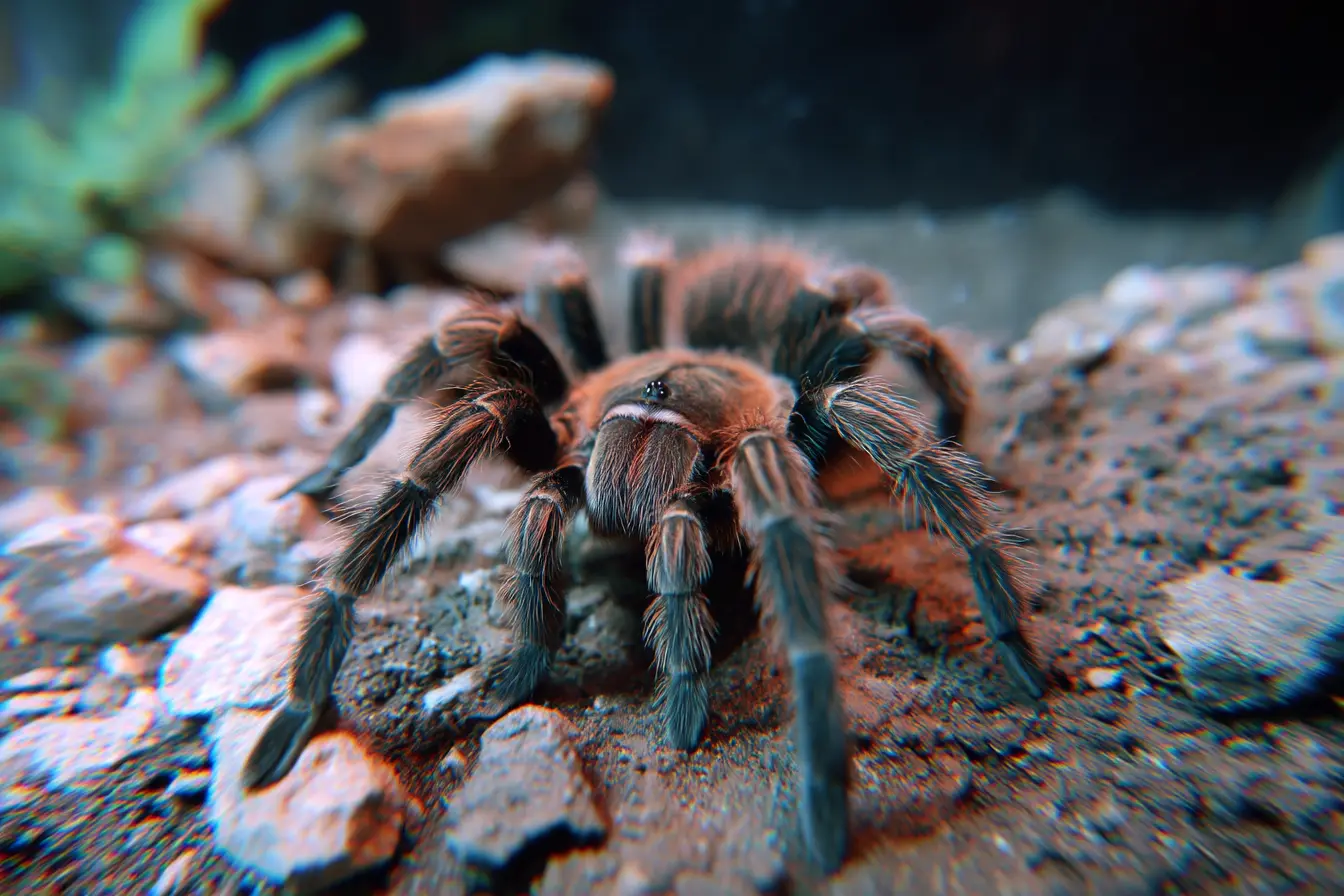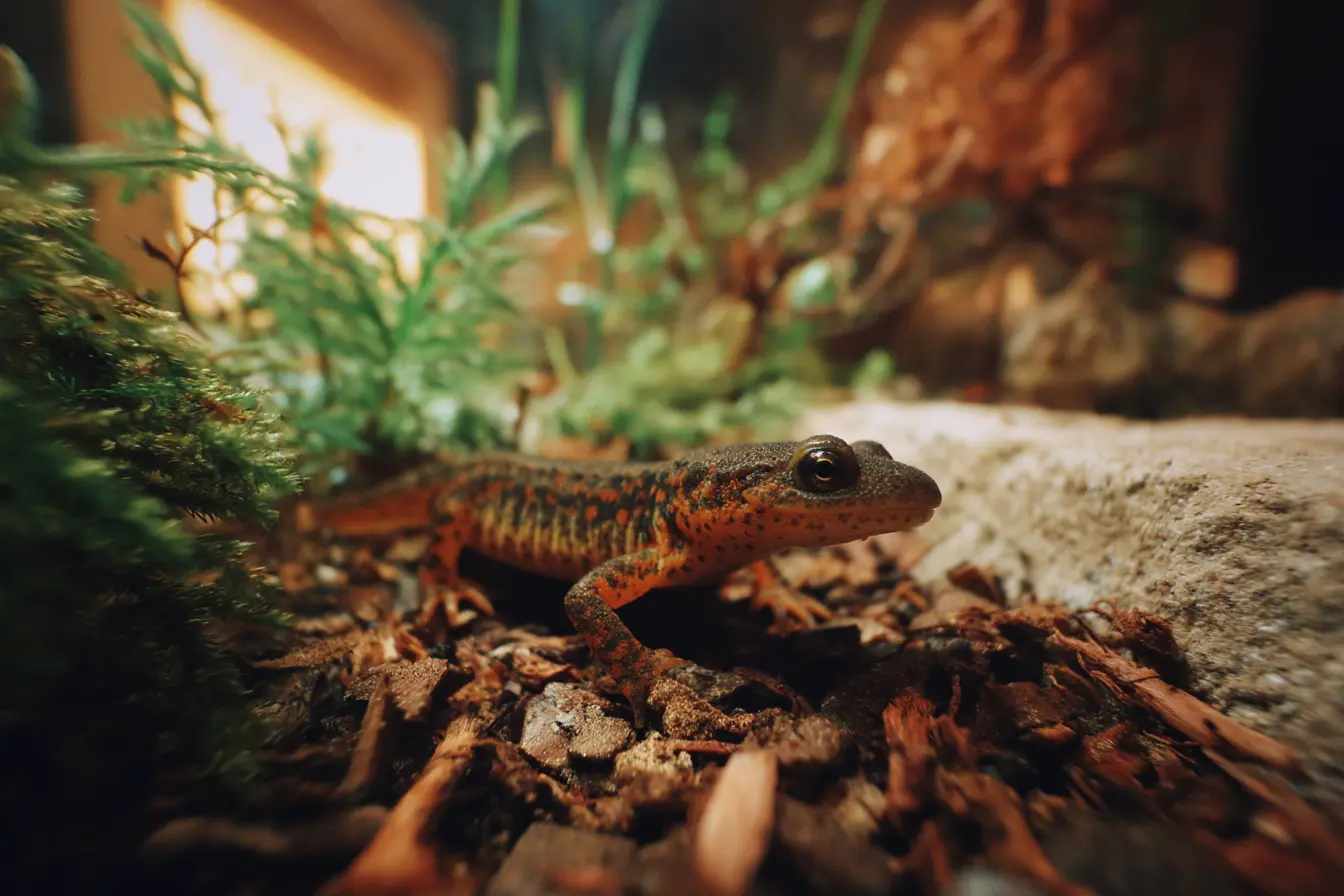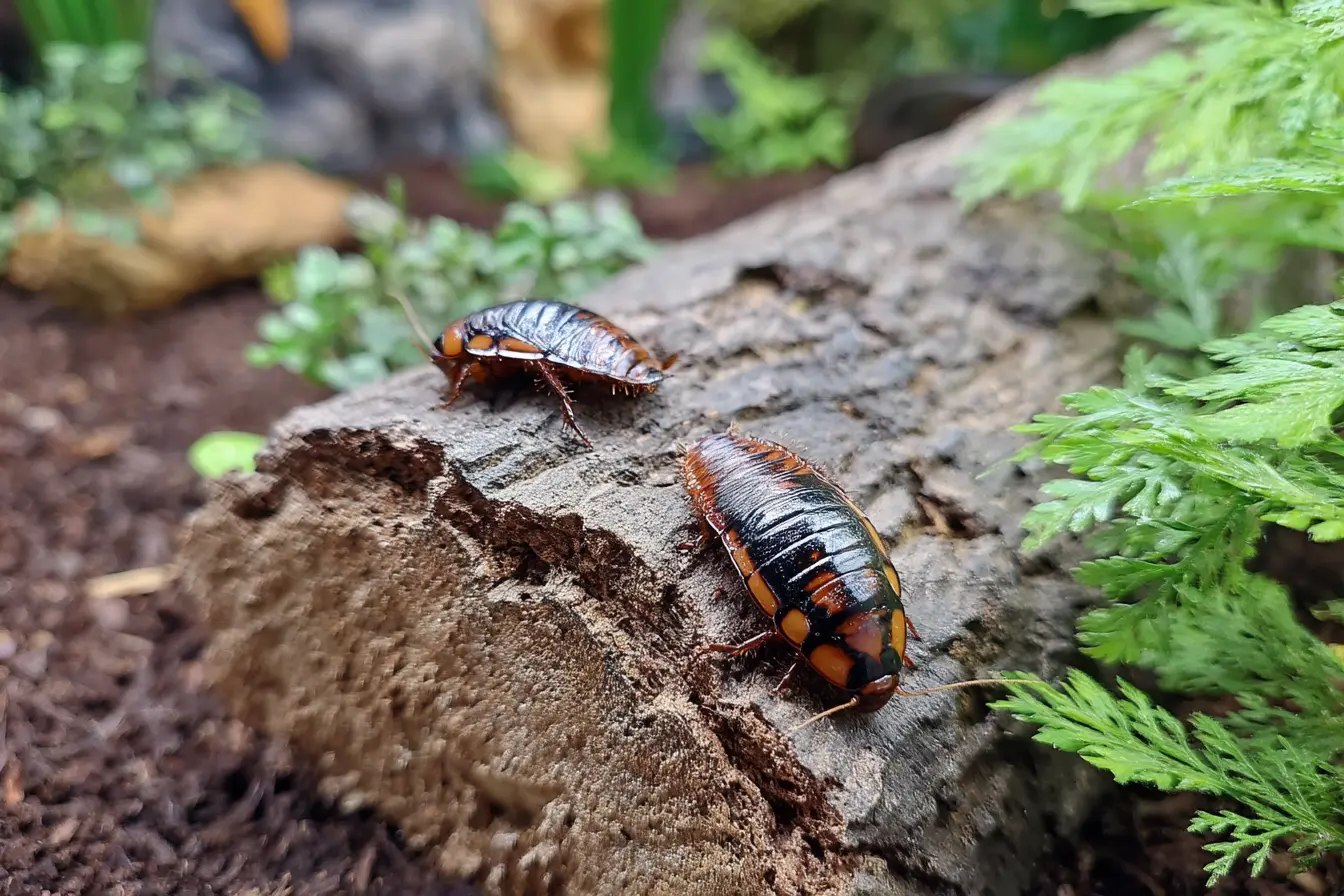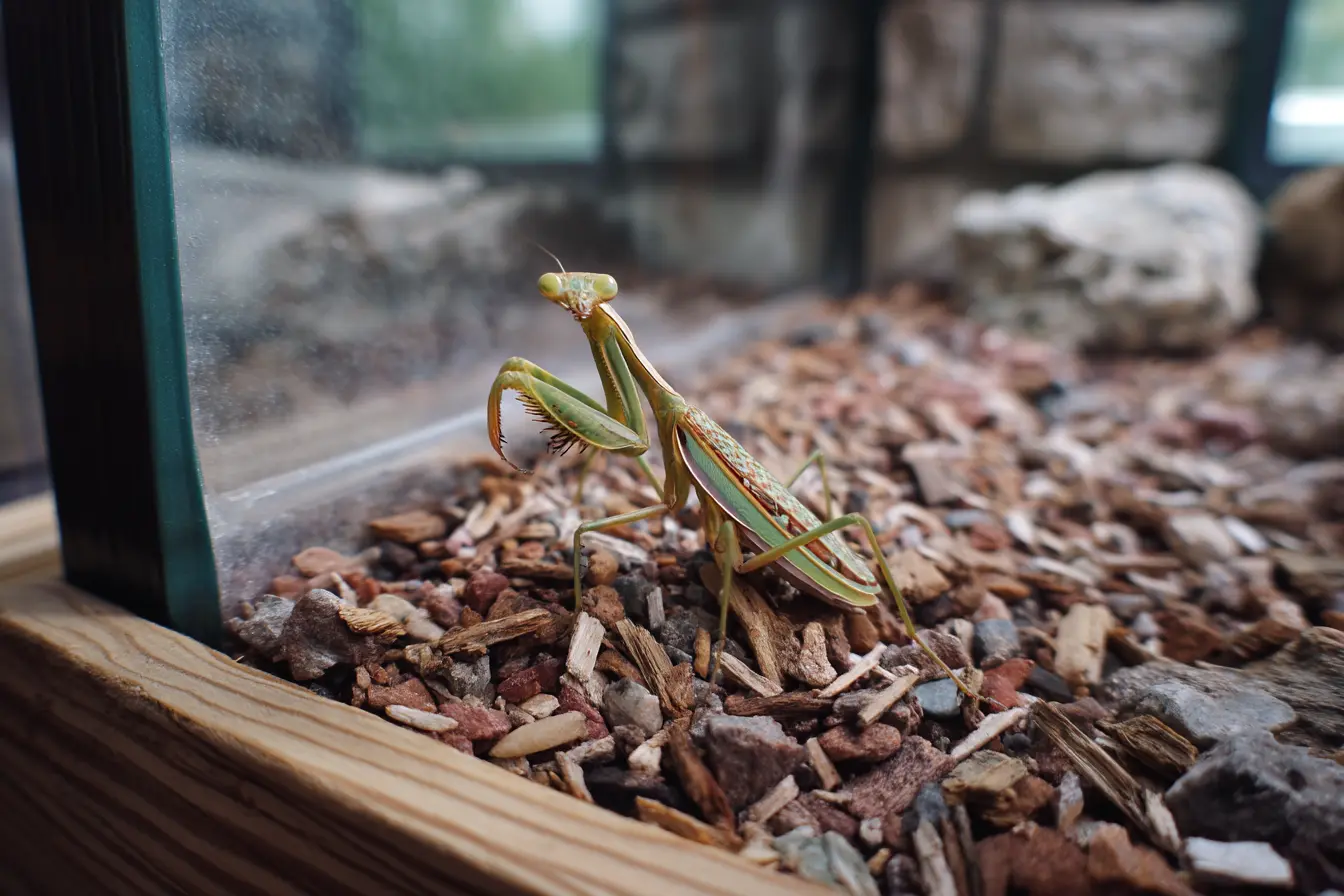
Breeding Tarantulas: A Comprehensive Guide for Enthusiasts
Breeding tarantulas can be a rewarding experience for enthusiasts, but it is not a task to be taken lightly. Successfully pairing tarantulas requires careful planning, thorough knowledge, and appropriate resources. This guide will walk you through the steps and considerations for breeding tarantulas, from preparation to caring for spiderlings.
Understanding Tarantula Breeding
Maturity
Both the male and female tarantulas must be sexually mature. Males typically mature earlier but have a shorter lifespan post-maturity, so timing is crucial. Female tarantulas may take several years to reach breeding age, depending on the species.
Species-Specific Requirements
Each tarantula species has unique requirements for breeding. Research the specific behaviours, environmental preferences, and compatibility factors for your chosen species.
Preparing for Breeding
Selecting Healthy Breeders
- Ensure both tarantulas are in optimal health and well-fed.
- Avoid pairing tarantulas that have recently moulted, as they may be more vulnerable or aggressive.
- Check for signs of disease, injury, or stress.
Creating the Right Environment
- Maintain the correct temperature and humidity levels specific to the species.
- Provide adequate hiding spaces in both enclosures to minimise stress.
Feeding
Before introducing the tarantulas, ensure both are well-fed. A hungry tarantula is more likely to see its mate as prey.
Introducing the Pair
Step-by-Step Process
- Prepare a Neutral Space: Use the female's enclosure or a neutral, escape-proof area with appropriate environmental conditions.
- Monitor Behaviour: Introduce the male into the enclosure. Keep a close watch for signs of aggression or receptivity.
- Observe Courtship: Males often perform courtship behaviours such as tapping or drumming to signal their intentions.
- Mating: If the female is receptive, she will remain passive, allowing the male to approach and transfer sperm using his pedipalps.
- Separation: After mating, promptly remove the male to prevent the female from attacking him.
Safety Tips
- Always have a tool like a long pair of tongs to intervene if necessary.
- Never leave the tarantulas unsupervised during introduction.
Post-Mating Care
Female Care
- Return the female to her enclosure and provide a quiet, stress-free environment.
- Offer regular, nutritious feedings to prepare her for egg sac production.
Male Care
- Males may be able to mate multiple times. Ensure they are well-fed and stress-free between attempts.
- Note that males often die naturally within a few months of reaching maturity.
Egg Sac Development
Signs of Egg Sac Production
- Increased webbing activity in the enclosure.
- The female may become more reclusive or defensive.
Egg Sac Care
- Allow the female to care for the sac initially.
- After 20-30 days (species-dependent), consider removing the sac for artificial incubation to ensure survival.
Artificial Incubation
- Place the egg sac in a delicately constructed incubator with controlled humidity and temperature.
- Rotate the sac gently every few hours to mimic the female’s care.
Spiderling Care
Hatching
Spiderlings, known as "slings," will emerge from the egg sac after 6-8 weeks. They will moult once before becoming independent.
Housing
- Transfer each sling to its own small container to prevent cannibalism.
- Provide minimal substrate, a tiny water source, and consistent humidity.
Feeding
- Offer appropriately sized prey, such as pinhead crickets or fruit flies.
- Feed regularly, but avoid overfeeding, as this can lead to moulting complications.
Ethical Considerations
Demand and Responsibility
- Avoid breeding unless you have the resources and interest in caring for dozens or even hundreds of spiderlings.
- Ensure you have a plan for finding homes for your tarantulas.
Wild Populations
- Do not capture wild tarantulas for breeding purposes, as this can negatively impact local populations.
Common Challenges
Cannibalism
Cannibalism is common in tarantulas, particularly during and after mating. Proper preparation and vigilance can minimise risks.
Infertile Matings
Not all matings result in successful fertilisation. Be patient and willing to attempt multiple pairings if necessary.
Egg Sac Failures
Egg sacs may fail due to fungal infections, inadequate conditions, or inexperience. Monitor closely and adjust methods as needed.
Final Thoughts
Breeding tarantulas is a fascinating and intricate process that requires dedication and care. By understanding the needs of your tarantulas and following the proper steps, you can experience the wonder of seeing your efforts result in a new generation of these amazing creatures. Always prioritise the well-being of your animals and approach breeding with respect and responsibility.
Related Vets
Vets near you
Speciality vets
- Aquatics vet specialists
- Birds vet specialists
- Camelids vet specialists
- Cats vet specialists
- Cattle vet specialists
- Deer vet specialists
- Dogs vet specialists
- Equines vet specialists
- Exotic vet specialists
- Goats vet specialists
- Pigs vet specialists
- Poultry vet specialists
- Sheep vet specialists
- Small Mammals vet specialists
- Wild vet specialists









